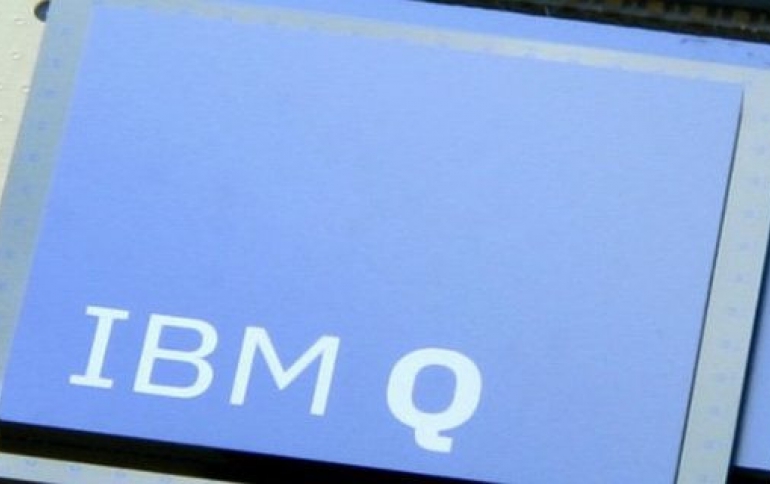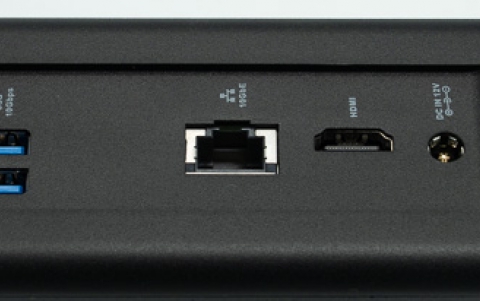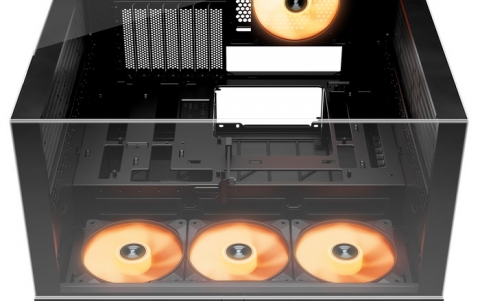
IBM Shows How Archimedes Could Estimate Pi Using a Quantum Computer
In honor of Pi Day 2020, IBM released atutorial that explains how to estimate the value of Pi on a quantum computer.
The algorithm to calculate Pi on IBM’s quantum computers honors Pi Dayand helps us understand how a quantum computer works.
Ever since Archimedes hit upon a value for Pi in the third century B.C., mathematicians have used a variety of methods and instruments to puzzle over it.
Pi is a fascinating fact of nature: the universal ratio of a circle’s circumference to its diameter, expressed by a never-ending string of numbers.
Most of us learned Pi in middle school: 3.1415… stretching seemingly to infinity. The number is why every March 14 (3/14) is celebrated as Pi Day.
Experts have had access to increasingly powerful computing tools to work with Pi, allowing them to spin out ever-longer versions of the number, which surpassed 31 trillion decimal places last year.
Some IBM researchers are also exploring Pi, not to find the next trillion digits, but to instead educate people about a new approach to computing—quantum computing.
Quantum computers process information by harnessing the laws of quantum mechanics. So, unlike their classical cousins’ on-off-only, binary-powered processing of 1s and 0s, their quantum bits (or qubits) exist in multiple states between 1 and 0. Picture a spinning coin that is both heads and tails as it spins.
What this means, briefly put, is that quantum computers work the way nature does. And it’s why quantum computing could be better suited to helping us understand nature—like simulating chemical reactions to help develop more stable batteries or getting a clearer understanding of molecules to create therapeutic drugs.
IBM's tutorial, part of an open-source online textbook on Qiskit software, takes you through the steps to apply a well-known quantum algorithm on different numbers of connected qubits. The goal is to improve the quantum computer’s ability to estimate Pi by adding more qubits—you may not get to Pi right away—and to inspire Pi enthusiasts everywhere to learn more about quantum computing and even give it a try.
“The thing we’re trying to do here is to stay away from computing a million digits of Pi and more to use the theme of Pi Day to educate people on what quantum algorithms look like,” explains Abraham “Abe” Asfaw, global lead of quantum education at IBM.
“IBM bringing online a quantum computer really democratizes access. It goes from being a very expensive, limited-access kind of thing to being something anyone can play with if they have ideas,” Asfaw says. “The goal of our education mission is to make sure that when people come to use our quantum computers, now that they have access, they have all the tools they need to learn and start using them."
In honor of Pi Day 2020, IBM released atutorial that explains how to estimate the value of Pi on a quantum computer.
The algorithm to calculate Pi on IBM’s quantum computers honors Pi Dayand helps us understand how a quantum computer works.
Ever since Archimedes hit upon a value for Pi in the third century B.C., mathematicians have used a variety of methods and instruments to puzzle over it.
Pi is a fascinating fact of nature: the universal ratio of a circle’s circumference to its diameter, expressed by a never-ending string of numbers.
Most of us learned Pi in middle school: 3.1415… stretching seemingly to infinity. The number is why every March 14 (3/14) is celebrated as Pi Day.
Experts have had access to increasingly powerful computing tools to work with Pi, allowing them to spin out ever-longer versions of the number, which surpassed 31 trillion decimal places last year.
Some IBM researchers are also exploring Pi, not to find the next trillion digits, but to instead educate people about a new approach to computing—quantum computing.
Quantum computers process information by harnessing the laws of quantum mechanics. So, unlike their classical cousins’ on-off-only, binary-powered processing of 1s and 0s, their quantum bits (or qubits) exist in multiple states between 1 and 0. Picture a spinning coin that is both heads and tails as it spins.
What this means, briefly put, is that quantum computers work the way nature does. And it’s why quantum computing could be better suited to helping us understand nature—like simulating chemical reactions to help develop more stable batteries or getting a clearer understanding of molecules to create therapeutic drugs.
IBM's tutorial, part of an open-source online textbook on Qiskit software, takes you through the steps to apply a well-known quantum algorithm on different numbers of connected qubits. The goal is to improve the quantum computer’s ability to estimate Pi by adding more qubits—you may not get to Pi right away—and to inspire Pi enthusiasts everywhere to learn more about quantum computing and even give it a try.
“The thing we’re trying to do here is to stay away from computing a million digits of Pi and more to use the theme of Pi Day to educate people on what quantum algorithms look like,” explains Abraham “Abe” Asfaw, global lead of quantum education at IBM.
“IBM bringing online a quantum computer really democratizes access. It goes from being a very expensive, limited-access kind of thing to being something anyone can play with if they have ideas,” Asfaw says. “The goal of our education mission is to make sure that when people come to use our quantum computers, now that they have access, they have all the tools they need to learn and start using them.”





















